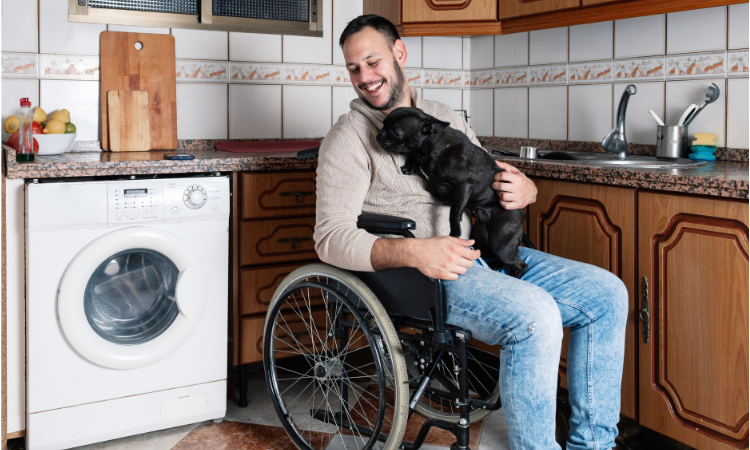Trying to get around when it’s difficult can make life a challenge. From navigating uneven outdoor paths to getting into buildings with steps and stairs whenever a ramp isn’t available, mobility limitations can make even simple activities difficult. Fortunately, there are a number of mobility aids out there to make the task easier, one of those solutions being the use of access mats. Smooth plastic sheets designed to provide a smooth and stable surface for wheelchairs, walkers, and other mobility devices, access mats can make a real difference in the lives of those who use them. Below is a more in-depth look at the many benefits access mats can provide and how they can seriously help people with mobility issues.
Improved Accessibility
The most obvious advantage of access mats is that they make it easier for people with mobility issues to move around in the space where they’re laid down. Whether getting up a steep incline, crossing over uneven terrain like the ground outside or a slanted floor, or entering a building with stairs, access mats provide a flat, stable surface that is much easier to navigate than just trying to guess where it would be best to take your next step. This increased accessibility means that people with mobility issues can participate in activities and events they might not have been able to before.
Greater Independence

Like improved accessibility, one of the most important benefits of access mats is that they promote greater independence for people who find it difficult to move around unassisted. With access mats in place, individuals can move around and take care of daily tasks independently without needing assistance from others. This increased sense of independence can profoundly affect an individual’s quality of life, boosting their confidence and awareness of their abilities.
Enhanced Safety
Access mats are not only convenient, but they also help to promote safety. When walking on uneven surfaces, or stairs with mobility aids, the risk of falling or slipping is always a concern. With access mats in place, the risk of slipping or tripping is reduced, improving overall safety and reducing the likelihood of accidents.
Versatile Use
Access mats can be used in various settings, making them a great option for indoor and outdoor use. They’re perfect for outdoor events, such as concerts, fairs, and festivals, where grass, gravel, or other non-level surfaces may exist. Access mats can also be used in indoor settings, such as museums, libraries, and other public areas with stairs or other obstacles.
Easy to Install
Access mats are considered an ideal addition to mobility aids because they are easily installed. These mats are lightweight, can be easily rolled out and laid down, and do not require any specialized installation equipment. By simply contacting a company that provides the plastic sheets, such as Sandhill Plastics, and then unrolling the mat onto the ground, users can create a safe, stable, and sturdy surface for their mobility aids. Additionally, access mats are manufactured using durable materials that are designed to withstand extreme weather conditions and heavy loads. As a result, users can confidently use these mats outdoors or indoors without any worries about them deteriorating over time, and no matter how heavy they are, meaning wheelchairs and mobility scooters shouldn’t be a concern.
Access mats have numerous benefits for people with mobility issues. From improved accessibility to increased independence, access mats are making life easier for individuals with mobility limitations. They’re also versatile, safe, and easy to install, making them an excellent choice for the various settings that require a little more accessibility. If you or someone you know has mobility limitations, consider exploring access mats to improve accessibility, safety, and independence.
Written by: Brooke Chaplan
About the Author: Brooke Chaplan is a freelance writer and blogger. She lives and works out of her home in Los Lunas, New Mexico. She highly recommends looking into residential eating disorder treatment if you believe you or a loved one has an eating disorder. For more information, contact Brooke via Twitter @BrookeChaplan.








